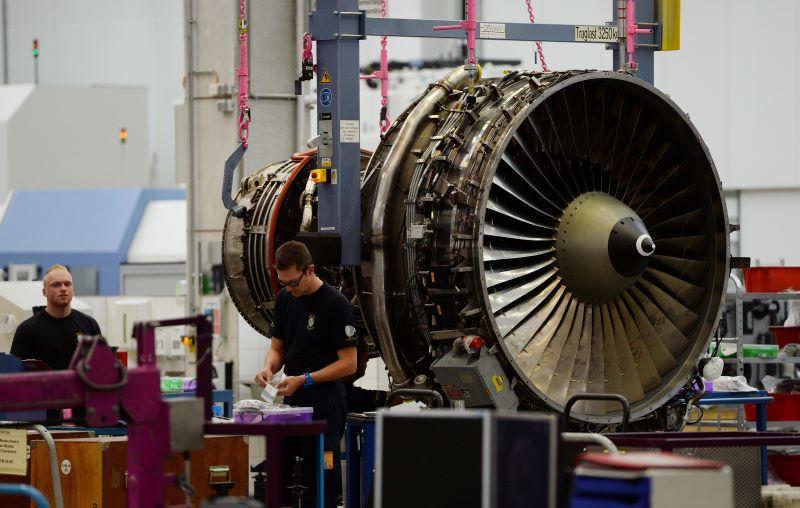
Credit: Patrik Stollarz / AFP / Getty Images
Parts supplier Heico Corp. saw its Flight Support Group (FSG) business unit revenues improve 10% sequentially for its most recent fiscal quarter, yet another sign that a sustained commercial aftermarket recovery is underway. The alternative-parts specialist’s fiscal 2021 fourth-quarter (Q4) results...
Subscription Required
Heico’s Parts Division Posts 10% Sequential Improvement is published in Aviation Daily, an Aviation Week Intelligence Network (AWIN) Market Briefing and is included with your AWIN membership.
Already a member of AWIN or subscribe to Aviation Daily through your company? Login with your existing email and password
Not a member? Learn how to access the market intelligence and data you need to stay abreast of what's happening in the air transport community.

